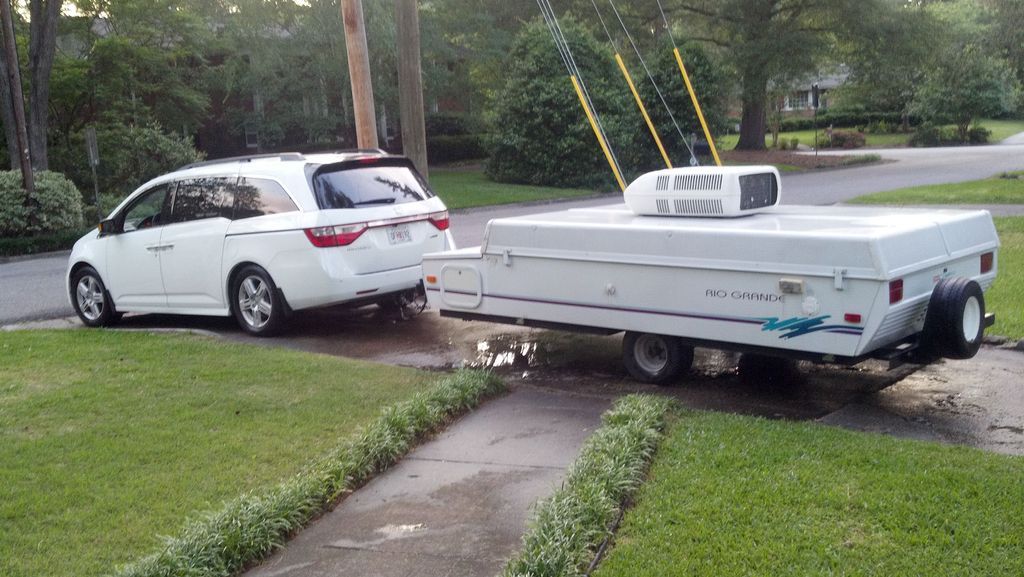Sorry to resurrect this thread from the dead, but my question is along a similar theme.
I'm driving a 2016 Odyssey in Nova Scotia, Canada. We are campers and we are finally planning to buy a popup trailer this fall or next spring.
We already have an aftermarket hitch, used for a bike rack to this point. The dealer will gladly install the OEM tranny cooler for $622 plus tax - gee, thanks!
I called around to a few local transmission shops, and they all had the same question: how heavy is the trailer, and how far will I be driving. Two of the three questioned whether I even needed an ATF cooler, especially if the trailer isn't too heavy and/or we don't plan on towing it across the country.
A mechanic at one shop suggested that, for the 98% of driving I'll do without towing, an ATF cooler can actually OVER-cool the fluid (especially in the winter), which can cause its own problems. His advice was to buy a scan tool to monitor the ATF temperature, pull over if/when it went over 225F to let the fluid cool down, and carry on after the stop. Seems like an odd suggestion but he was also talking himself out of a sale.
(As an aside: exploring this forum seems to suggest that the scan tools may or may not give reliable ATF temperature readings, so that is a separate issue! I e-mailed ScanGauge and they gave me a code that supposedly works for 2016 Odysseys, if I decide to go that route.)
Then there is the warranty issue with four years left on the Power Train coverage. We're also concerned with the longevity of the van as we'd like to keep it for a number of years - it's a great vehicle!
Anyway, any thoughts out there would be appreciated, especially those who tow in colder climates. Nova Scotia has a freeze-thaw type of climate, not a deep freeze for three months like some places.






